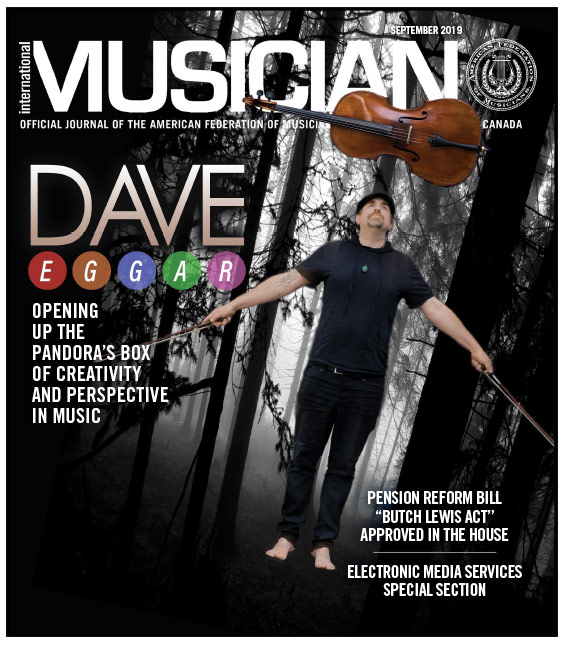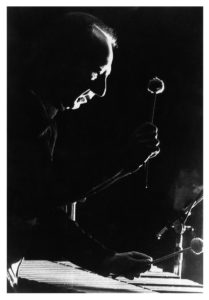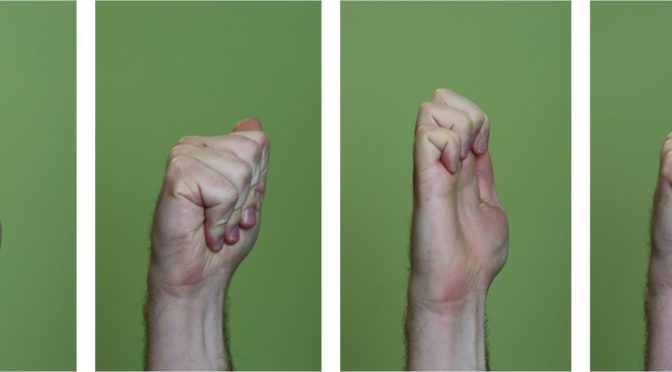International Musician, the official publication of the AFM, has received seven awards in the 2020 International Labor Communications Association (ILCA) Labor Media Awards.
The awards recognize excellence among union publications, websites, film, video, and other media from across North America. It is the first and largest competition exclusively for labor journalists and communicators.
“It is with great pride that we announce that the International Musician is the recipient of several 2020 International Labor Communications Association awards,” says Publisher Jay Blumenthal. “The International Musician was recognized in several categories. Congratulations to all the individual winners.”
Awards received by the INTERNATIONAL MUSICIAN include:

FIRST PLACE
• Writing – Saul Miller Award for Organizing, “The Boise Philharmonic: A Textbook Example of How to Organize,” by Jason Emerson, managing editor (June 2019 issue)
• Writing – Best Feature Story, “Eugenia Zukerman: Renowned Flutist Reflects on What Comes Next After Alzheimer’s Diagnosis,” by Jason Emerson, managing editor (December 2019 issue)
SECOND PLACE

• Best Front Page/Cover – National Print Publication, Magazine (September 2019 issue)
• Writing – Best Editorial or Column, “Campaign for Fairness in Streaming Media Begins in Los Angeles,” by Ray Hair, AFM International President (June 2019 issue)
THIRD PLACE
• General Excellence – National Print Publication, Magazine
HONORABLE MENTION
• Writing – Best Profile, “Vijay Gupta: Encouraging Musicians to be Empowered by Their Artistry,” by Jason Emerson, managing editor (October 2019 issue)
• Visual Communications – Best Design – National Print Publication, Magazine









